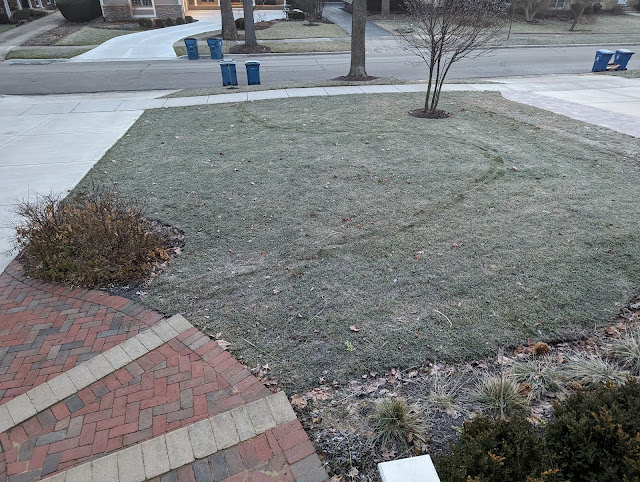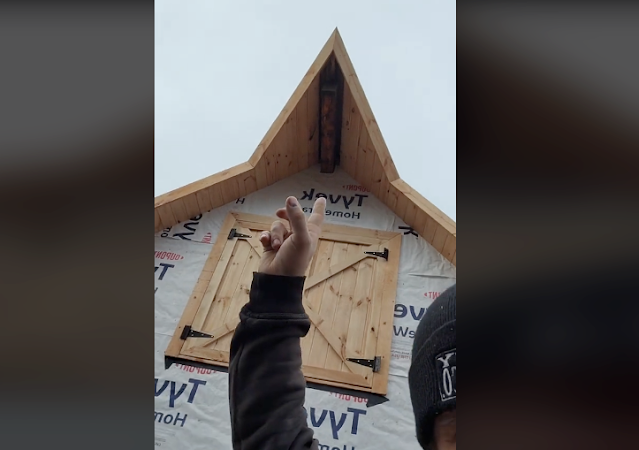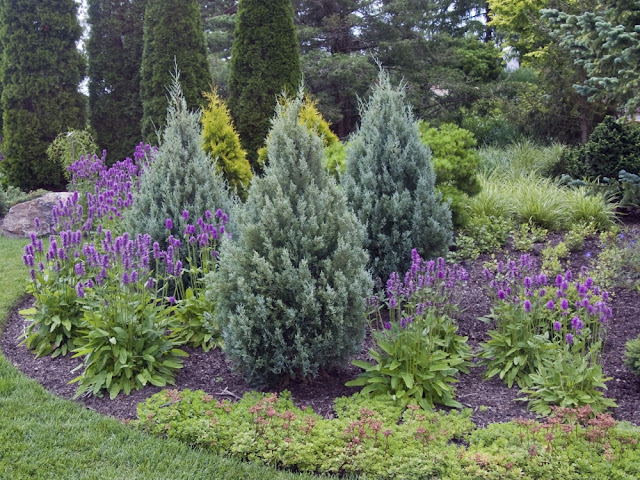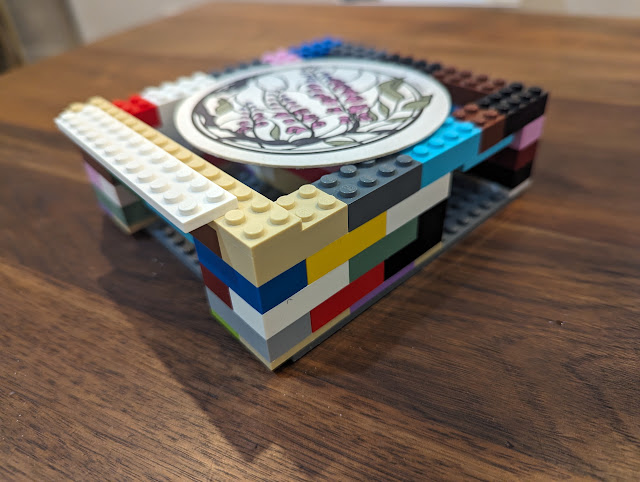2024 Yard and Garden To-Do List

The season is here. The Yard and Garden Season, that is. Each Spring arrives and I’m OVERWHELMED by what I need to do, should do, have to do, might do in and around our garden. The arrival of trees, shrubs, perennials and annuals at the big box stores and nurseries just add to the strong urge to GET GOING out there. But, over the years, I’ve learned that I need to prioritize. And plan. And give myself something to measure-up against, so I know that I’ve accomplished what I thought I needed to focus on each season. The first year I did one was 2019 and I've done one every year. Here is 2020 . 2021 . 2022 . And last year - 2023 . Each year, I score myself against the 25 items that I picked out. Last year, in addition to scoring (22 out of 25 marked 'complete' ), I also wrote up a list of 10 takeaways/lessons learned that have become important in thinking about my path forward. In that list of 10 takeaways, I included things like: no...











